Hi there, pet lovers! 🐠
Tetras are among the most popular freshwater fish in the world — and for good reason. With their brilliant colors, peaceful personalities, and easy care requirements, they’re a staple of both beginner and advanced aquariums alike. Whether it’s the vibrant Neon Tetra, the striking Black Neon, or the fiery Ember Tetra, these fish bring energy and beauty to any tank.
In this in-depth review, we’ll explore everything you need to know about keeping tetras: their care, behavior, tank setup, diet, and more. Whether you’re a beginner looking to start your first community aquarium or an enthusiast building a vibrant aquatic ecosystem, this guide will help you make an informed decision.
Overview
Tetras are small, schooling freshwater fish from South America and Africa. Known for their peaceful temperament and vivid coloration, they thrive in planted community tanks. Here’s a quick summary of what makes them stand out:
- Handling and Temperament: Peaceful, active, and social schooling fish.
- Care and Maintenance: Low-maintenance but require stable water quality.
- Health and Durability: Hardy when cared for properly, but sensitive to poor water conditions.
- Availability: Extremely common in pet stores and from breeders.
- Cost: Very affordable; great value for beginners.
- Overall: A perfect choice for both newcomers and seasoned aquarists who value color, activity, and harmony in the aquarium.
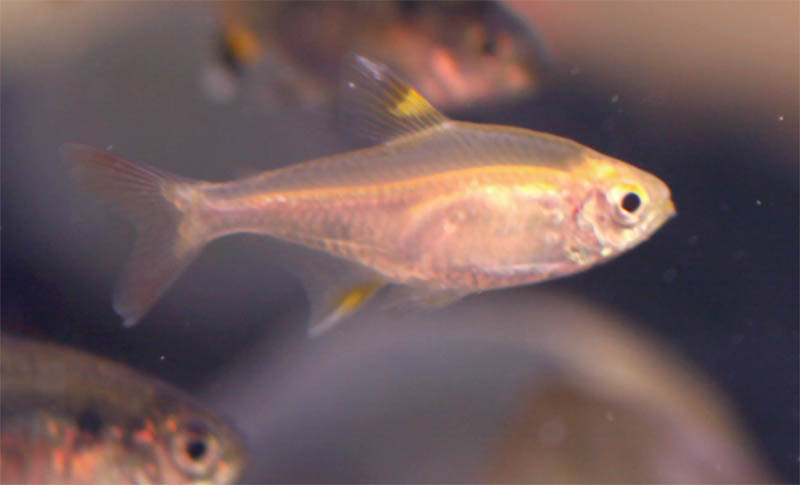
Why Choose a Tetra?
Tetras are the heart of many home aquariums. Their gentle nature and stunning variety of colors make them ideal for peaceful community setups. They rarely cause trouble, get along well with most small fish, and create mesmerizing displays when swimming together in schools.
Tetras are also forgiving of minor beginner mistakes, provided that the tank is cycled and parameters remain stable. With over 150 recognized species, from the electric blue of the Neon Tetra (Paracheirodon innesi) to the golden glow of the Ember Tetra (Hyphessobrycon amandae), there’s a tetra for every type of aquarist.
Their small size, usually between 1 to 2 inches (2.5–5 cm), makes them suitable for modest tank setups — though they look most impressive in groups of six or more.
Handling and Temperament
Tetras are known for their peaceful and social behavior, making them excellent community fish. They spend most of their time swimming in the middle levels of the tank, darting and weaving gracefully among plants and decorations.
Schooling Nature
- Tetras are schooling fish, meaning they feel secure and display their best colors when kept in groups of at least 6 to 10 individuals.
- In larger groups, they become more confident and less stressed, often showing brighter coloration and natural behaviors.
Compatible Tankmates
- Ideal tankmates include guppies, rasboras, corydoras catfish, mollies, and dwarf gouramis.
- Avoid keeping them with aggressive species such as cichlids or large barbs, as these can harass or eat smaller tetras.
Personality Traits
- Generally calm and active.
- When comfortable, they school tightly and move gracefully across the tank.
- If they appear pale or hide frequently, it’s a sign of stress, poor water conditions, or insufficient schooling numbers.
Tetras rarely nip fins unless overcrowded or kept without a proper school. Their social nature and peaceful energy make them one of the most delightful species to watch.
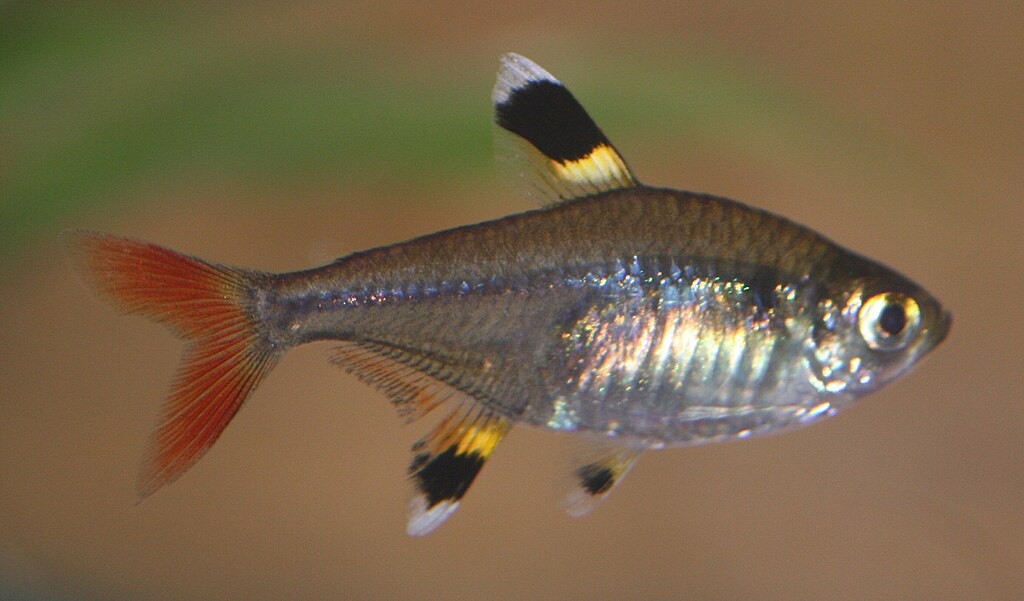
Care and Maintenance
While tetras are considered beginner-friendly, their long-term health depends on maintaining good water quality and a stable environment. Here’s how to set up the perfect home for them.
Tank Setup
- Tank Size: A minimum of 10 gallons (38 L) for small species like Neon or Ember Tetras. Larger species like Congo Tetras need 30 gallons (113 L) or more.
- Aquascape: They thrive in heavily planted aquariums with open swimming space in the middle. Use driftwood, smooth rocks, and live plants like Java fern, Anubias, or Amazon swords to create a natural feel.
- Substrate: Dark gravel or sand helps bring out their colors and mimics their natural environment.
- Filtration: A gentle filter with a sponge intake is ideal. Tetras dislike strong currents.
- Lighting: Moderate lighting works best; bright light should be balanced with plants or shaded areas.
Water Parameters
Tetras come from tropical, soft, and slightly acidic waters in the Amazon Basin. Replicating those conditions helps them thrive:
- Temperature: 72–80°F (22–27°C)
- pH: 6.0–7.5
- Hardness: 2–12 dGH
- Ammonia & Nitrite: 0 ppm (both are toxic)
- Nitrate: Below 20 ppm
Regular partial water changes (around 25% weekly) help maintain clean, stable conditions. Tetras are sensitive to sudden shifts, so always avoid rapid temperature or pH changes.
Feeding
Tetras are omnivores and have simple dietary needs, but variety keeps them healthy and colorful.
Staple Diet
Feed them high-quality flake or micro-pellet foods designed for tropical fish. Many commercial brands now include color-enhancing ingredients like spirulina and krill meal to boost brightness.
Supplementary Foods
To mimic their natural diet, occasionally offer:
- Frozen or live foods: daphnia, bloodworms, brine shrimp.
- Vegetable matter: blanched spinach or spirulina flakes for fiber.
Feed small portions once or twice daily, giving only what they can consume in about 2 minutes. Overfeeding can quickly pollute the tank and harm water quality.
Feeding Behavior
Watching a school of tetras feed is mesmerizing — they dart around gracefully, taking small bites mid-water rather than scavenging at the bottom.
Health and Durability
Tetras are generally hardy, but like all fish, they can suffer if water quality drops or diet is poor. With good care, they live 5 to 10 years, depending on the species.
Common Health Concerns
- Ich (White Spot Disease): Often triggered by stress or temperature fluctuations. Treat with aquarium salt and heat adjustment.
- Fin Rot: Caused by bacterial infections from poor water conditions.
- Neon Tetra Disease: A rare but untreatable parasitic condition. Avoid by buying from reputable sources and quarantining new fish.
- Stress: Often due to small group sizes, aggressive tankmates, or unstable parameters.
Preventive Care
- Quarantine new fish for 2 weeks before adding them to the main tank.
- Perform regular water changes and test parameters weekly.
- Maintain good aeration and filtration.
- Feed a varied, balanced diet.
When kept in stable, clean conditions, tetras are resilient and active for years.
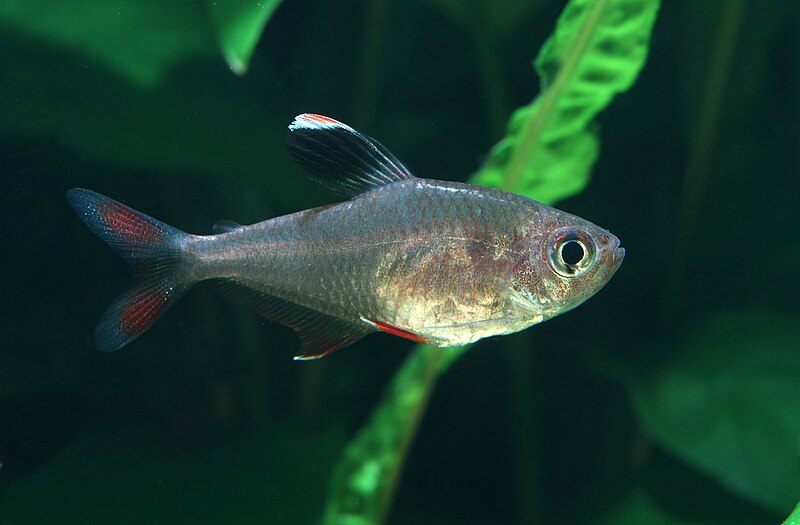
Availability and Cost
Tetras are widely available worldwide, making them one of the most accessible tropical fish species.
Where to Buy
- Local pet stores: Most carry Neon and Black Neon Tetras year-round.
- Online fish retailers: Offer a wider range, including rarer species like Congo, Cardinal, or Ember Tetras.
- Aquarium expos or local breeders: Great for healthier, tank-raised specimens.
Cost
- Common species (Neon, Ember, Black Neon): $1–$3 per fish.
- Rarer species (Cardinal, Congo): $5–$10 each.
- Initial Setup: $100–$200 for a basic 10–20 gallon aquarium with plants, filter, and heater.
Tetras are inexpensive to maintain compared to many pets, and their long lifespan offers great value for any aquarist.
Pros and Cons
Pros
- Peaceful, social, and colorful.
- Ideal for community tanks.
- Low maintenance and inexpensive.
- Thrive in planted aquariums.
- Available in many species and color variations.
Cons
- Sensitive to poor water quality or sudden changes.
- Require schooling groups for comfort.
- Small size makes them vulnerable to larger tankmates.
- Some species are short-lived (especially wild-caught ones).
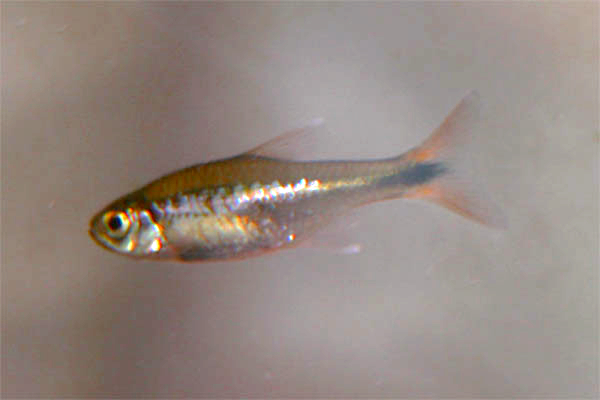
Final Thoughts
Tetras are an exceptional choice for anyone looking to build a beautiful, peaceful, and lively aquarium. Their dazzling colors, graceful schooling behavior, and adaptability make them one of the most beloved freshwater fish species on Earth.
Whether it’s the classic shimmer of a Neon Tetra, the subtle elegance of a Black Neon, or the warm glow of an Ember Tetra, each species adds a unique touch of magic to your tank.
With stable water conditions, regular maintenance, and a proper school, these little gems will reward you with years of beauty and calm. For both beginners and experts, tetras remain one of the best ambassadors of the freshwater aquarium hobby.
Have you kept tetras before? Share your experience and tips in the comments — and let’s continue to spread the joy of fishkeeping together! 🐠✨

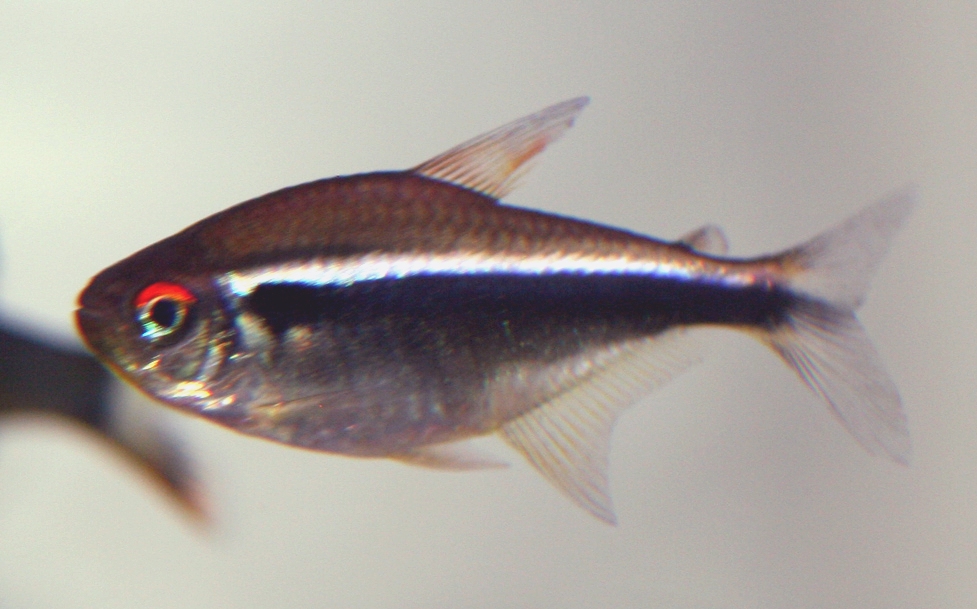


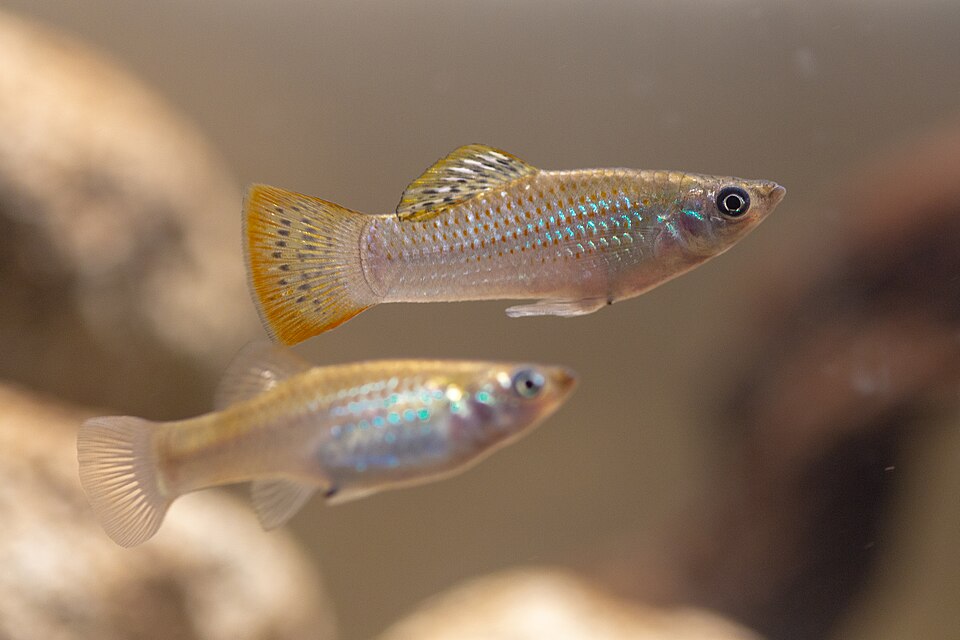
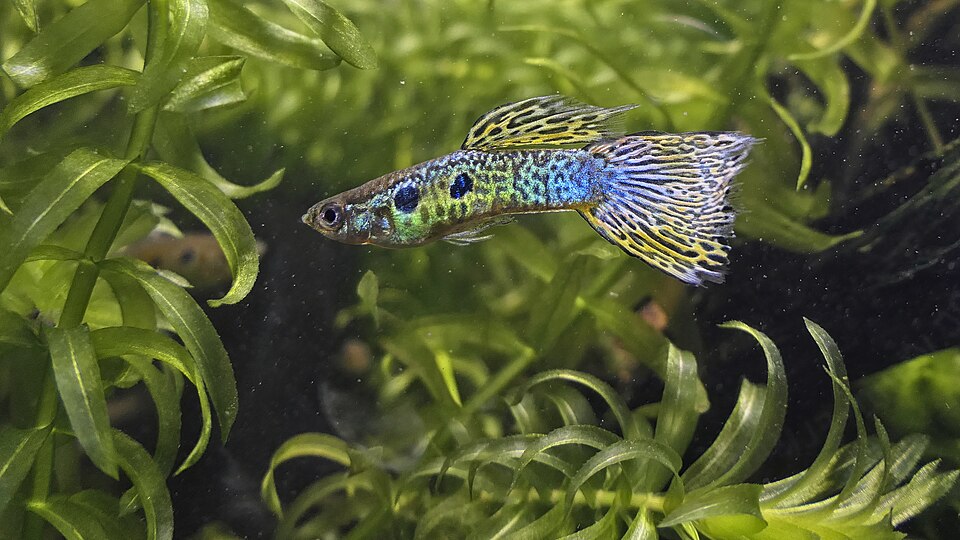
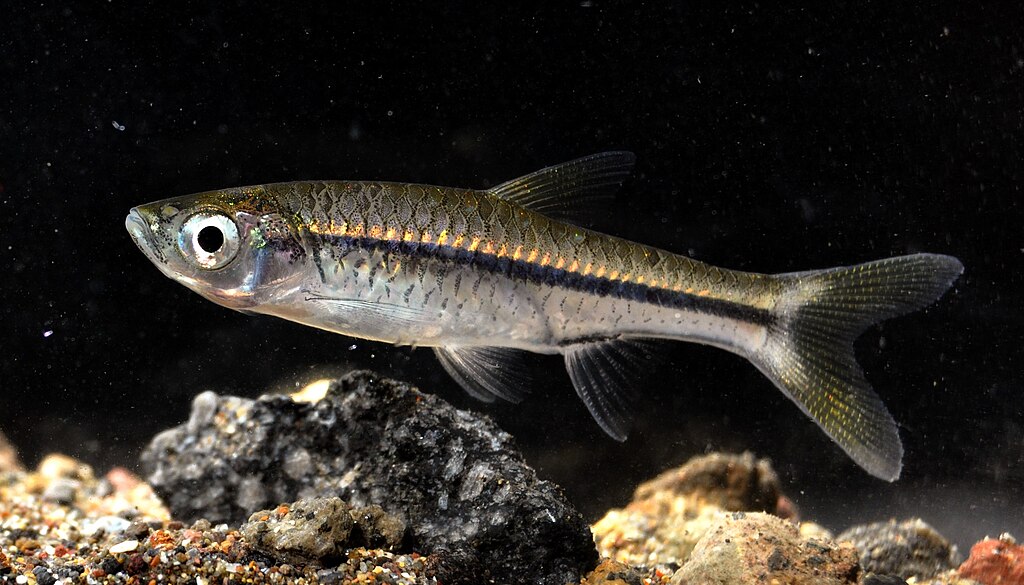
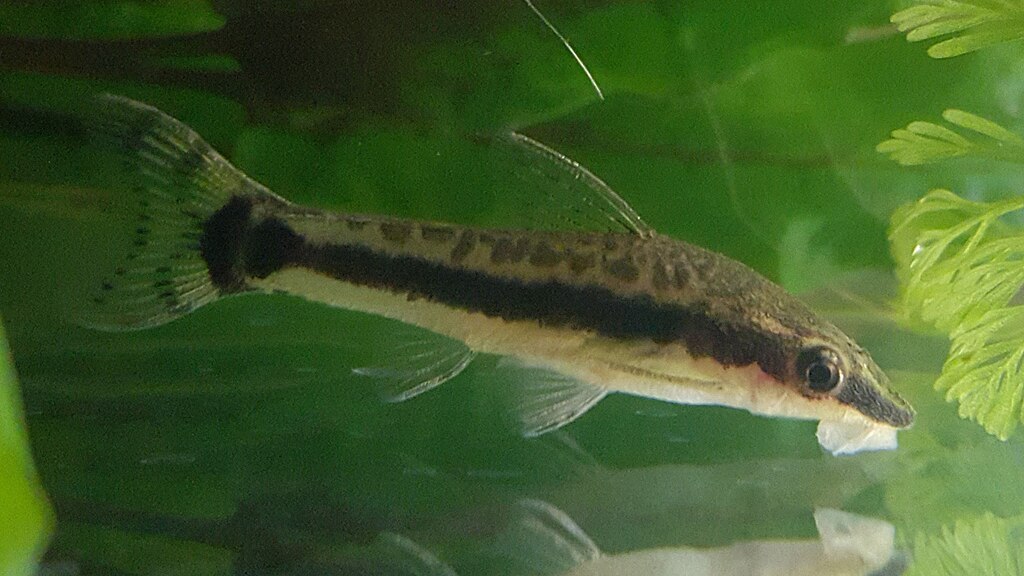
Leave a Reply